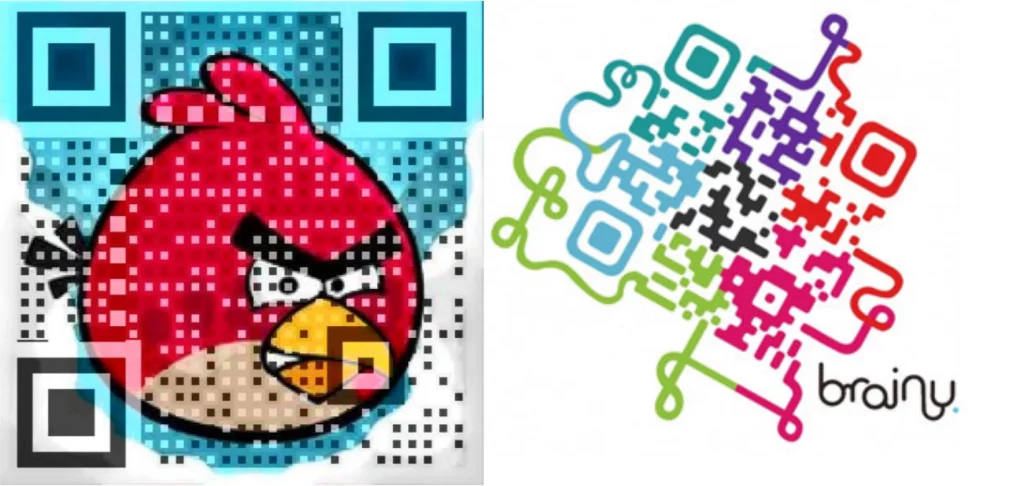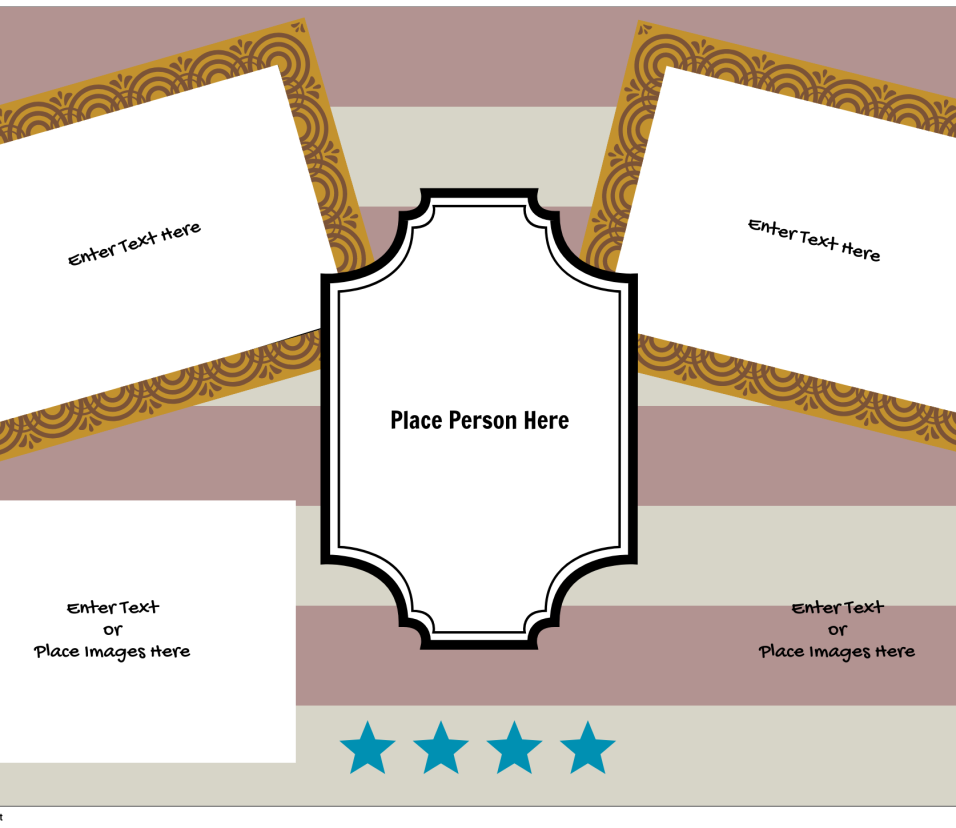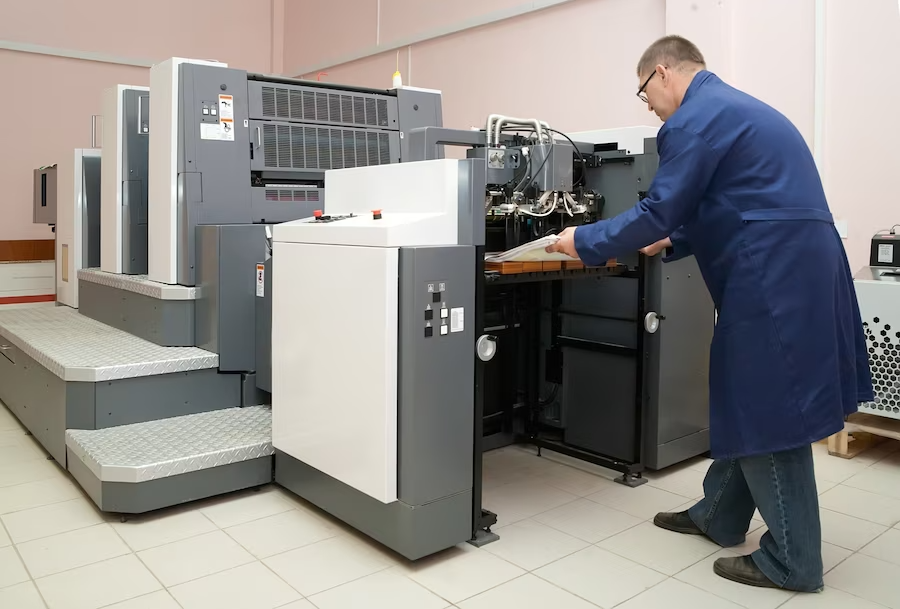The Role of QR Codes in Print-on-Demand Products: Bridging the Physical-Digital Gap
In the digital age, where technology continually reshapes the way we interact with the world, the synergy between physical and digital realms has become increasingly vital. Print-on-demand products, a booming industry, have harnessed this synergy by integrating QR (Quick Response) codes seamlessly into their offerings. These small, square-shaped codes, originally designed for tracking automotive parts during manufacturing, have found a profound purpose in the world of print-on-demand, enriching customer experiences, enhancing marketing strategies, and revolutionizing the way businesses and consumers connect. In this exploration, we delve into the multifaceted role of QR codes in print-on-demand products, uncovering their applications, advantages, and the innovative ways they are reshaping the landscape of customized merchandise.
1. Enhancing Customer Engagement: Interactive Printed Merchandise
QR codes serve as gateways to a world of interactive content. When integrated into print-on-demand products such as custom apparel, posters, or promotional materials, they allow customers to access multimedia experiences, exclusive discounts, or behind-the-scenes content. For instance, scanning a QR code on a custom t-shirt might lead to a video showcasing the design process, creating a personalized and immersive brand experience.
By providing customers with an interactive journey, print-on-demand businesses transform static products into dynamic experiences. Imagine purchasing a poster featuring artwork from a favorite band. A QR code on the poster, when scanned, could unlock a virtual concert experience or backstage footage, transporting the customer into the heart of the band’s creative process. This fusion of physical products and digital interactions creates a lasting impression and fosters a deeper connection between consumers and brands.
2. Personalized Marketing Campaigns: Tailored for Every Consumer

Print-on-demand businesses utilize QR codes to craft personalized marketing campaigns. By embedding unique QR codes in promotional materials, companies can track consumer engagement. Analyzing this data enables businesses to tailor their marketing strategies, ensuring that customers receive customized offers, product recommendations, or loyalty rewards, fostering a sense of individualized attention and value.
Imagine receiving a catalog of personalized products, each item associated with a QR code. Scanning the code reveals additional details, such as related products, customer reviews, or limited-time offers. These personalized touchpoints enhance customer engagement, making the shopping experience more meaningful and relevant. This tailored approach not only increases sales but also strengthens customer loyalty by demonstrating that the brand understands and values its customers’ preferences.
3. Seamless Product Information Access: Educating the Consumer
QR codes serve as digital ambassadors for print-on-demand products. When placed strategically on merchandise or packaging, these codes provide instant access to detailed product information, such as materials, care instructions, or sizing charts. This effortless access to relevant data ensures informed purchasing decisions, enhancing customer satisfaction and reducing post-purchase uncertainties.
In a world where consumers value transparency and information, QR codes offer a bridge between the physical product and the digital world. For instance, a customer interested in buying a custom-made phone case can scan the QR code on the packaging. Instantly, they access a comprehensive guide detailing the case’s features, materials, and design options. This access to detailed information empowers consumers, instilling confidence in their purchase choices and reinforcing trust in the brand.
4. Contactless Payments and Ordering: Safe and Convenient Transactions
In the wake of global health concerns, QR codes have facilitated contactless payments and ordering processes. Print-on-demand businesses leverage this technology, allowing customers to scan codes to make secure payments or place orders effortlessly. This seamless transaction experience not only prioritizes safety but also enhances overall customer convenience, fostering trust and encouraging repeat business.
Picture this: a customer attending a local art exhibition discovers a QR code next to a unique artwork they wish to purchase. Scanning the code directs them to the artist’s online store, where they can securely make a contactless payment and arrange for the artwork to be printed on-demand and delivered to their doorstep. This streamlined process ensures a safe and convenient transaction, eliminating the need for physical contact or cash exchanges.
5. Gamified Customer Experiences: Merging Entertainment with Commerce
QR codes are transforming mundane shopping experiences into engaging adventures. Print-on-demand products embedded with QR codes can lead customers to interactive games, quizzes, or scavenger hunts related to the brand or product line. By integrating gamified elements, businesses enhance customer participation, create memorable experiences, and boost brand loyalty, turning shopping into an entertaining and rewarding activity.
Consider a scenario where a print-on-demand fashion brand launches a scavenger hunt campaign. QR codes strategically placed in various locations across a city lead participants to different clues and challenges. Each successful scan not only reveals the next step but also unlocks exclusive discounts or limited-edition designs. This gamified approach not only captures participants’ attention but also generates buzz and excitement around the brand, fostering a community of engaged and loyal customers.
6. Sustainability and Traceability: Ethical Consumer Choices
QR codes play a pivotal role in promoting transparency and sustainability. Print-on-demand businesses utilizing eco-friendly materials or ethical sourcing practices can provide customers with QR codes linking to detailed information about their sustainable initiatives. This transparency empowers consumers to make ethical choices, supporting environmentally responsible businesses and contributing to a greener future.
Imagine a customer interested in purchasing a custom-made tote bag. Scanning the QR code on the product label opens a window into the bag’s journey, from the sustainable materials used to the ethical manufacturing processes employed. Customers can view the environmental impact of their purchase, encouraging them to support businesses aligned with their values. This transparency not only attracts conscientious consumers but also fosters a sense of trust and credibility for the brand.
7. Real-time Feedback Loops: Empowering Continuous Improvement
By incorporating QR codes in print-on-demand products, businesses can solicit real-time feedback from customers. A simple scan can lead customers to surveys or feedback forms, enabling them to share their thoughts on product quality, design preferences, or overall shopping experiences. This invaluable data serves as a foundation for continuous improvement, allowing businesses to adapt swiftly to consumer demands and preferences.
Imagine a print-on-demand art gallery using QR codes to gather visitor feedback. Scanning a code near an artwork allows visitors to express their thoughts through a quick survey. This feedback loop provides the gallery with valuable insights into visitors’ art preferences, allowing curators to curate future exhibitions that resonate with their audience. Real-time feedback not only empowers businesses to enhance their offerings but also demonstrates a commitment to customer satisfaction and engagement.
8. Augmented Reality Experiences: Immersive Product Previews
QR codes, when paired with augmented reality (AR) technology, elevate product previews to unprecedented levels. Customers scanning QR codes on print-on-demand catalogs or promotional materials can visualize products in their real environment. Whether it’s seeing custom artwork on their walls or trying out personalized merchandise virtually, this immersive experience enhances confidence in purchasing decisions and reduces the likelihood of returns.
Consider a print-on-demand furniture store offering an AR-powered experience. Scanning a QR code next to a furniture piece allows customers to see how it fits into their living room. They can virtually walk around the furniture, inspect details up close, and even test different colors or designs. This immersive preview not only enriches the customer’s shopping experience but also ensures that the chosen product aligns seamlessly with their home decor, reducing the likelihood of post-purchase dissatisfaction.
9. Event Marketing and Limited Edition Drops: Fostering Anticipation
QR codes have become indispensable tools for
event marketing and exclusive product launches. Print-on-demand businesses utilize QR codes to disseminate event details, provide entry tickets, or offer exclusive access to limited edition products. The sense of exclusivity and anticipation created by QR-coded event invitations or limited edition drops heightens customer excitement, encouraging attendance and increasing brand visibility.
Imagine a print-on-demand fashion brand organizing an exclusive fashion show. Invitations sent out as QR codes unlock not only entry to the event but also behind-the-scenes content, designer interviews, and a sneak peek at the upcoming collection. Attendees can scan QR codes at the event to participate in real-time polls, unlocking special discounts based on their responses. This interactive and exclusive experience not only creates buzz around the event but also strengthens the emotional connection between attendees and the brand.
10. Supply Chain Transparency: Building Trust with Consumers
Transparency in the supply chain is paramount for ethical consumers. QR codes enable print-on-demand businesses to share detailed supply chain information, showcasing ethical manufacturing practices, fair labor standards, and community engagement initiatives. By fostering trust through transparency, businesses not only attract conscientious customers but also contribute to a culture of corporate responsibility.
Consider a print-on-demand apparel company committed to fair trade practices. QR codes on product tags lead customers to a microsite detailing the company’s partnerships with ethical suppliers, the working conditions of artisans, and community development projects supported. Customers scanning these QR codes not only gain insight into the company’s values but also become advocates for ethical consumption. This transparency not only builds trust but also positions the brand as a responsible corporate citizen.
QR Codes as Catalysts for Seamless Integration

In the evolving landscape of print-on-demand products, QR codes have emerged as catalysts for seamless integration, connecting physical merchandise with digital experiences. Their multifaceted role enhances customer engagement, fosters personalized marketing interactions, provides effortless access to product information, and augments the overall shopping experience. By integrating QR codes creatively and strategically, print-on-demand businesses not only meet the demands of the modern consumer but also set new standards for interactive and immersive commerce.
The marriage of physical products with digital interactivity, facilitated by QR codes, represents a paradigm shift in how consumers perceive and interact with print-on-demand merchandise. It transforms static items into dynamic gateways, where each scan opens a world of possibilities. As businesses continue to innovate, leveraging QR codes in innovative ways, they pave the path for a future where shopping is not just transactional but experiential. In this digitally enriched landscape, QR codes stand as silent yet powerful ambassadors, bridging the physical-digital gap and redefining the very essence of consumer-brand relationships.
As we move forward, the role of QR codes in print-on-demand products will continue to evolve. With advancements in augmented reality, artificial intelligence, and data analytics, the experiences facilitated by QR codes will become even more immersive and personalized. Print-on-demand businesses that embrace these innovations and integrate QR codes creatively are not just enhancing customer experiences; they are shaping the future of retail, where every product tells a story and every scan opens a new chapter in the customer’s journey. QR codes have become the storytellers of the digital age, narrating tales of creativity, engagement, and seamless integration, enriching the tapestry of print-on-demand products and propelling the industry into a future where the physical and digital worlds coexist harmoniously.






Leave feedback about this